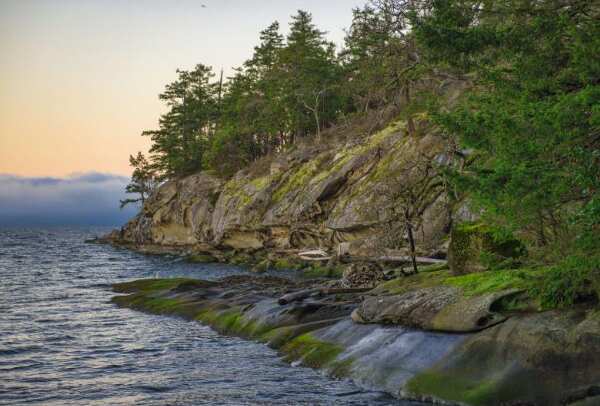Our Nation
Honoring Our Heritage, Embracing Our Future
The Kwakiutl First Nation is a proud and resilient community rooted in rich traditions and cultural heritage that spans thousands of years. Located on the northeastern tip of Vancouver Island, our people have thrived along the rugged coastlines, surrounded by the bountiful waters of the Pacific Ocean. Our history is deeply intertwined with the land and sea, and we continue to honor the wisdom of our ancestors as we navigate the challenges and opportunities of today.

Our History
The Kwakiutl are a part of the larger Kwakwaka’wakw cultural group, known for their distinct art, language, and ceremonies. Our ancestors were skilled fishers, hunters, and gatherers who lived in harmony with the natural world. Through potlatches, storytelling, and intricate carvings, they passed down knowledge, values, and traditions from generation to generation.
Explore Our Traditional Carvings
We invite you to delve deeper into the rich artistic heritage of the Kwakiutl First Nation by exploring our Traditional Carvings. Discover the intricate works of art that tell the stories of our ancestors, reflect our deep connection to the land and sea, and continue to play a vital role in our cultural expression today. Whether you are a visitor, a partner, or a member of our community, the Traditional Carvings page offers a window into the soul of the Kwakiutl people.